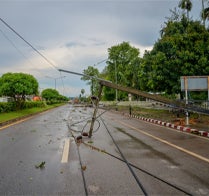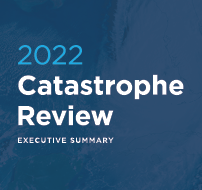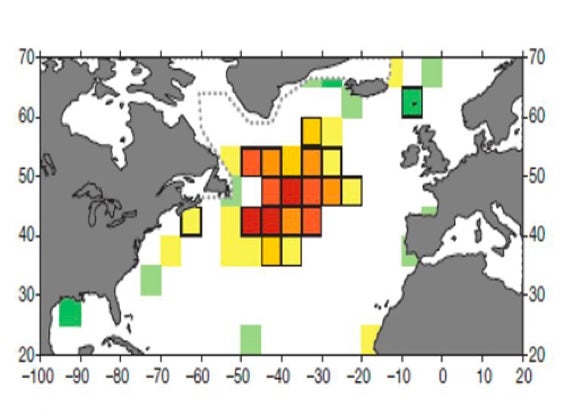A Pan-European peril
Windstorms can cause considerable damage across large domains. While severe windstorms such as Daria in 1990 or Lothar in 1999 may be infrequent, Moody's RMS models provide solutions for multiple use cases, from underwriting to portfolio management and capital adequacy.
Drive superior risk selection
Utilize the latest science and data to improve risk pricing.
Build a more realistic view of risk
Better model the complexity of wind and coastal flood risk leveraging the HD model framework.
Unify climate modeling
Analyze risk with a consistent approach to hazard and vulnerability across the complete Europe Climate HD model suite.
Build a more realistic representation of wind and coastal flood risk
Spotlight

Related products
Explore a range of peril risk models to help provide you with a comprehensive model suite across Europe.
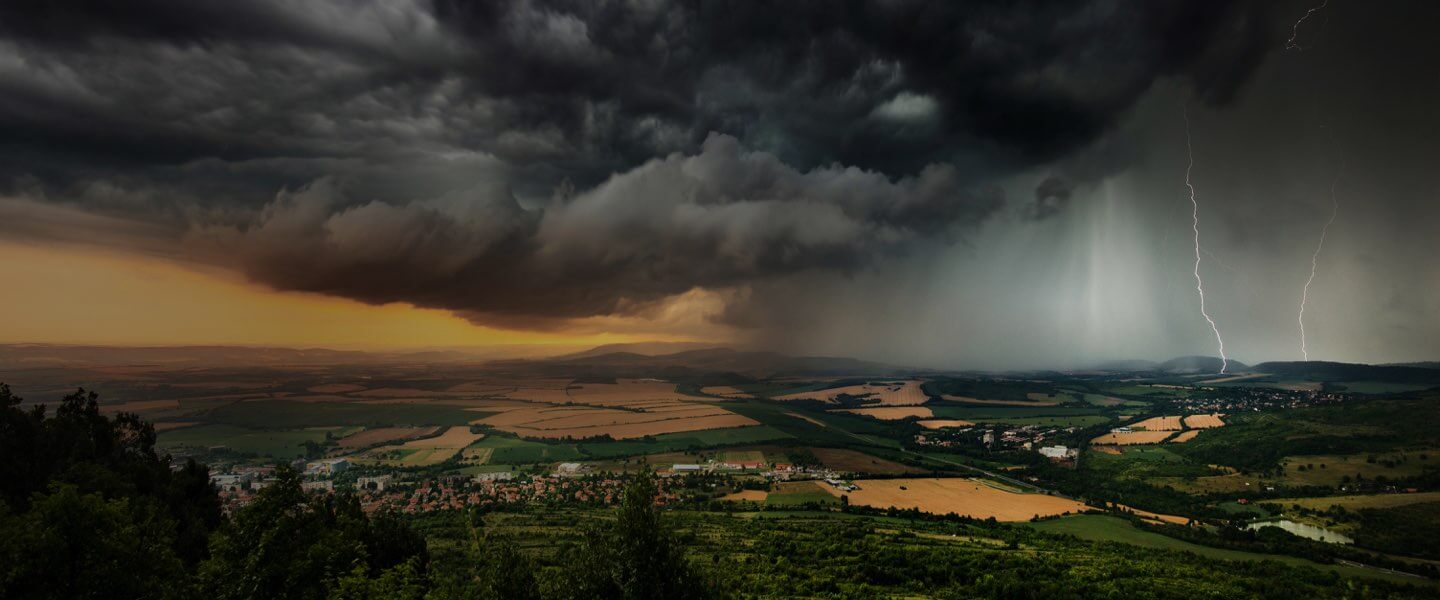

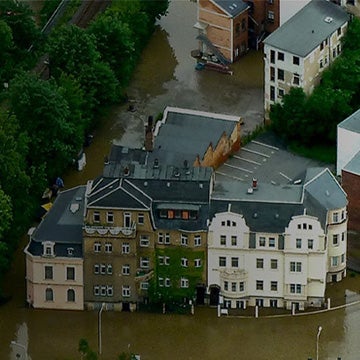
Regional and country windstorm models
Regional Models
Click a region on the interactive map to see coverage.

Europe Severe Convective Storm
-
Austria
-
Belgium
-
Czech Republic
-
Denmark
-
France (including Monaco)
-
Germany
-
Ireland
-
Luxembourg
-
Netherlands
-
Norway
-
Poland
-
Slovakia
-
Sweden
-
Switzerland
-
United Kingdom
North America
Latin America
Europe
Asia-Pacific
Europe Severe Convective Storm
-
Austria
-
Belgium
-
Czech Republic
-
Denmark
-
France (including Monaco)
-
Germany
-
Ireland
-
Luxembourg
-
Netherlands
-
Norway
-
Poland
-
Slovakia
-
Sweden
-
Switzerland
-
United Kingdom
Resources

What is High-Definition (HD) Modeling?
Attempting to make sense of rising global risks based on outdated catastrophe model approaches can feel like using a dial-up modem to surf the web in an age of fiber optics. Scientific and technological advancements have changed the risk modeling landscape and have opened an ‘insights gulf’ that is increasingly hard to ignore, between risk model output that capitalizes on the latest advancements and output that does not. As an example, accurately modeling perils with high-hazard gradients such as floods, ...
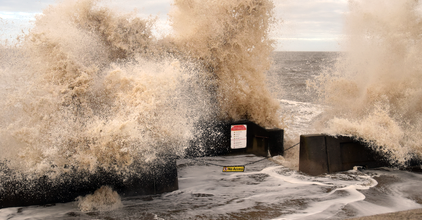
Windstorm Ciarán: New Enhanced event response benefiting f...
Between November 1-2, a rapidly deepening area of low pressure, named Storm Ciarán by the U.K. Met Office and known as Storm Emir in parts of Europe, tracked across northwest Europe and brought strong wind gusts to several countries including France, the Channel Islands, Belgium, the United Kingdom, and the Netherlands. Ciarán caused widespread damage and disruption across northwest Europe, with northern France, the Channel Islands, Belgium, and the southern U.K. the worst affected. Storm Ciarán is the fir...
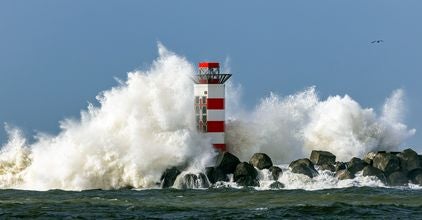
One Year Since Dudley, Eunice, and Franklin: Understanding...
In February 2022, a sequence of powerful windstorms known as Dudley, Eunice, and Franklin (also known as Ylenia, Zeynep, and Antonia respectively) caused billions of euros of insured loss in Europe. With the first anniversary of these storms, we are reminded of the need to consider clustering when modeling windstorms in Europe. The 2022 windstorms happened as a large temperature gradient over the North Atlantic led to the formation of a series of low-pressure systems, which were then associated with a strong ...

Then and Now: Fifty Years after Quimburga
On November 13, 1972, now some 50 years ago, one of the strongest and most devastating windstorms struck Europe. Back in 1972, I was a teenager living with my family in northern Germany, and for us, this Autumn day started like any other. My siblings and I took the train to school which was some 15 kilometers (9 miles) from where we lived. At that point, we had no idea that this day would become one that we would remember for the rest of our lives. Quimburga, or the Lower Saxony Storm, originated on Nove...

Five Ways RMS HD Modeling Helps You Manage European Windst...
Windstorms remain the main driver of natural catastrophe insured loss in Europe, due in part to high levels of insurance penetration across the region. While individual claims might be small, the sheer size of these storms means multiple countries at a time are often impacted, resulting in significant cumulative costs to (re)insurers. Regulatory focus is therefore high, with (re)insurers required to provide evidence that they hold adequate capital for these types of events. The complex dynamics of extratr...

Moody's RMS Europe Windstorm HD Models Unify Climate Model...
Flood, hail, and convective storms have dominated conversations in the European insurance market in recent years. This is driven by significant catastrophic events such as the 2021 Western and Central Europe Floods, with insured losses estimated by Moody's RMS to be between €10 billion and €13.2 billion. Severe thunderstorms and convective weather in France earlier this year saw insured losses of €3.9 billion according to France Assureurs. And the February 2022 storm series of Ylenia, Zeynep, and Antonia (na...

Want leading-edge tools to manage your windstorm risk in Europe?




